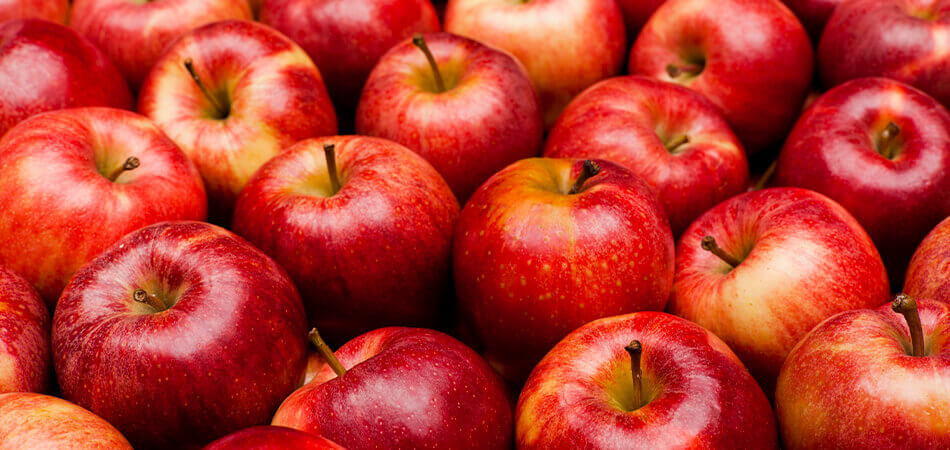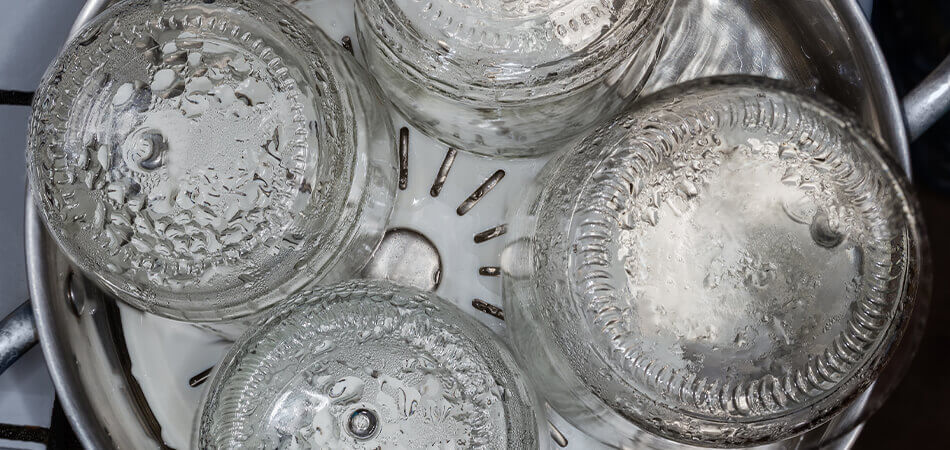What is pectin and what is it used for
Contents:
- Is pectin bad for you?
- Properties of pectin
- Fruits with high pectin content
- Fruits with low pectin content
- Recipe: homemade pectin
- Contraindication in using pectin
- Lazzaris’ choice
Have you ever heard about pectin? If the answer is no, no problem: whether you are a fan of homemade marmalades, jellies and jams or simply want to learn new culinary techniques, pectin will be an excellent ally in many different preparations. Let’s find out exactly what it is!
Pectin is a natural thickener widely used in cooking, especially in the preparation of marmalades, jellies and jams; it’s a substance extracted from the cellular tissues of plants (especially fruit), which gives texture and gelling to liquids. In addition to this, pectin allows to reduce the amount of sugar needed to prepare a dish, while still ensuring the desired result.
Is pectin bad for you?
Pectin is often unfairly confused with other unhealthy substances such as artificial thickeners or gelling agents, thus becoming the subject of doubts about its safety or properties. However, being a natural thickener, this substance is not only a safe and healthy ingredient, but it even offers several health benefits for those who use it. Let’s find them out together.
Properties of pectin
In addition to its function as a thickener, pectin offers several health benefits. One of the most significant benefits of this ingredient is its soluble fiber action: in fact, this feature helps to regularize bowel function, prevent or alleviate problems such as constipation, and promote feelings of fullness.
Another important benefit of pectin is its ability to lower levels of LDL cholesterol (the so-called “bad cholesterol”) in the blood. And by reducing the level of cholesterol in our bodies, this substance helps maintain a healthy lipid profile and decrease the risk of cardiovascular disease.

Fruits with high pectin content
Every day, depending on your eating habits, you can ingest a few grams of pectin from the fruits and vegetables you eat. Not all plant foods, however, have the same concentration of this substance, which explains why some jams or preserves have an excellent consistency while others, in order not to remain too liquid, need an addition of powdered pectin. Among the fruits richest in pectin we find: apples, quinces, citrus fruits, plums and gooseberries.
Fruits with low pectin content
Strawberries, pineapples, peaches and apricots are just some of the fruits containing a limited amount of pectin. However, it is important to remember that regular consumption of fruits and vegetables is always recommended, as they offer a wide range of beneficial properties for the body’s overall health and well-being. In fact, these foods are rich in vitamins, minerals, fiber, and antioxidants, which can in the long run play an important role in supporting the immune system, regulating intestinal transit, and preventing chronic diseases.
Recipe: homemade pectin
Making pectin directly at home is a breeze, as its recipe is very simple and requires only natural ingredients.
You will only need 500g of green apples, 1 lemon (juice) and water.
- Wash the apples and cut them into pieces, removing core and seeds. The important thing is not to peel them, as peel contains a large amount of pectin!
- Place the cut apples in a pot, cover them completely with water and add lemon juice, which helps to increase the properties of the fruit.
- Turn on the heat and bring the water to a boil, let it cook on low heat for about 30-40 minutes, stirring occasionally.
- After 30/40 minutes , the apples should be very soft and almost flaky. Now, turn off the heat and let cool for a few minutes.
- Pour the content of the pot into a colander and collect the juice that will filter through the small holes in a bowl below; lightly mash the apples to get more juice.
Once the juice has completely cooled, it is important to place it in a sterilized jar and store the homemade pectin in the refrigerator (for up to 2 weeks), ready to be used as a natural thickener for jellies, marmalades, or jams!

Contraindication in using pectin
As safe as it is considered, if pectin is purchased at the supermarket, it is important to pay attention to the instructions on the package, buy it from reliable sources, and follow the recommended doses for best results. Furthermore, it is essential to follow proper storage procedures for jams and preserves prepared with pectin to ensure their full food safety.
Lazzaris’ choice
Lazzaris stands out because of its choice: not to use pectin in its products. This decision is based on a product philosophy that aims to enhance fruit in its purest form, taking advantage of its natural properties and texture, without the aid of added pectin.

